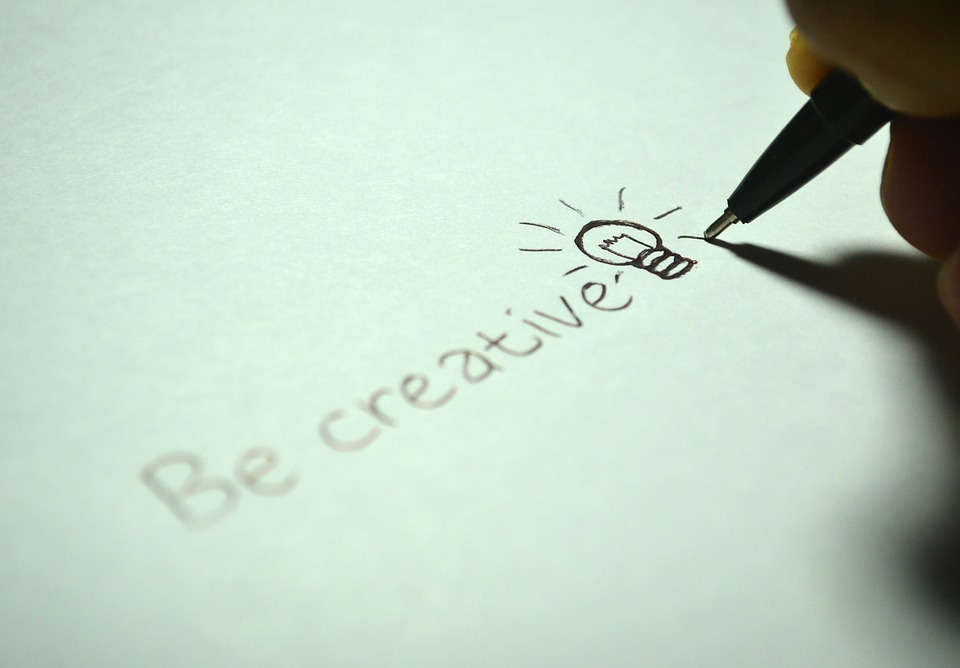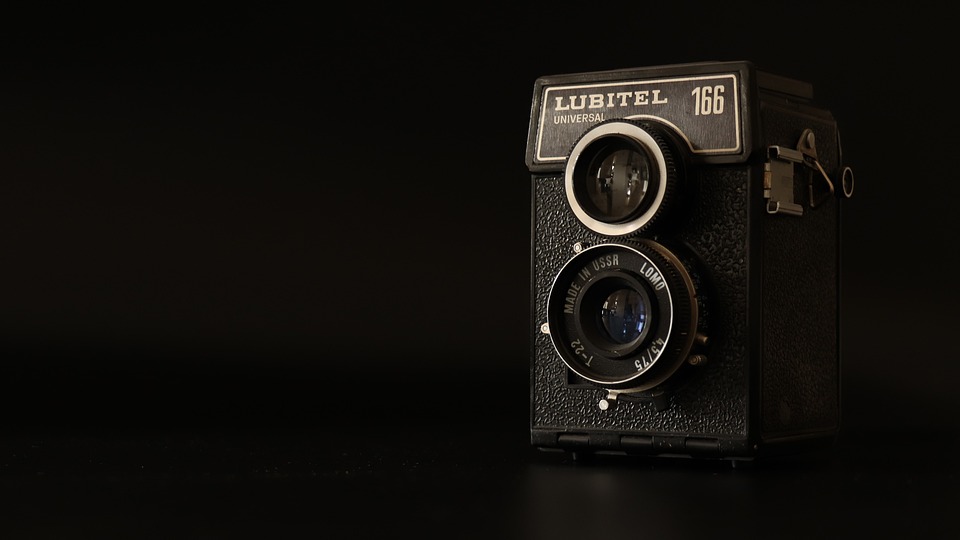Introduction
The art of filmmaking has evolved significantly over the years, thanks to the advancements in technology. From the early days of silent films to today’s high-tech productions, filmmakers have always been at the forefront of adopting new tools and techniques to tell captivating stories. One of the most significant changes in the industry has been the shift from traditional methods of filmmaking to digital technologies, which have revolutionized the way movies are made. In this article, we will explore how innovative technologies are shaping the future of filmmaking, from script to screen.
Pre-Production
Screenwriting Software
One of the first steps in the filmmaking process is writing the screenplay. In the past, screenwriters would use pen and paper or typewriters to create their scripts. Today, however, screenwriting software has become an essential tool for writers. Programs like Final Draft and Celtx allow writers to format their scripts correctly, collaborate with others, and even visualize their scenes through storyboard features. This technology has made the process of writing and revising scripts more efficient and streamlined.
Virtual Pre-Visualization
Before a film is shot, directors and cinematographers can use virtual pre-visualization tools to plan out every shot and sequence. Programs like FrameForge and Moviestorm allow filmmakers to create virtual sets, block out scenes, and experiment with camera angles. This technology helps filmmakers save time and money by pre-visualizing their shots and making changes before the actual shoot.
Production
High-End Cameras
One of the most significant advancements in filmmaking technology is the development of high-end digital cameras. Cameras like the Red Epic and Arri Alexa can capture stunning cinematic-quality images with high resolution and dynamic range. These cameras have replaced traditional film cameras in many productions, thanks to their versatility and cost-effectiveness. Filmmakers can now shoot high-quality footage without the need for expensive film stock and processing.
Drone Technology
Drones have revolutionized the way filmmakers capture aerial shots. With the advent of high-quality drone cameras, filmmakers can now capture stunning aerial footage in a cost-effective and efficient manner. Drones have been used in countless films and TV shows to capture breathtaking landscapes and action sequences. This technology has opened up new creative possibilities for filmmakers and has become an essential tool in the industry.
Post-Production
Editing Software
Once the footage is captured, filmmakers use editing software to assemble the final film. Programs like Adobe Premiere Pro and Avid Media Composer allow editors to cut footage, add visual effects, and enhance the audio quality. These tools have made the editing process more accessible and versatile, enabling filmmakers to experiment with different editing styles and techniques.
Visual Effects
Visual effects have become an integral part of modern filmmaking, thanks to advancements in computer-generated imagery (CGI). Films like Avatar and Avengers: Endgame have pushed the boundaries of what is possible with visual effects, creating immersive and realistic worlds on screen. VFX artists use programs like Maya and After Effects to create stunning visual effects that enhance the storytelling and visual appeal of a film.
Distribution
Online Distribution Platforms
The rise of streaming services like Netflix, Amazon Prime, and Hulu has transformed the way films are distributed and consumed. Filmmakers now have the option to release their films online, reaching a global audience instantly. This has democratized the distribution process, allowing independent filmmakers to showcase their work without the need for traditional distribution channels.
Virtual Reality and Augmented Reality
Virtual reality (VR) and augmented reality (AR) technologies are changing the way audiences experience films. Filmmakers can now create immersive VR experiences that transport viewers into the world of the film. AR technology can also enhance the viewing experience by overlaying digital elements onto the real world. These technologies are pushing the boundaries of storytelling and interactive experiences in film.
Conclusion
Innovative technologies are shaping the future of filmmaking in unprecedented ways, from script to screen. Filmmakers now have access to a wide range of tools and techniques that allow them to create visually stunning and engaging films. From screenwriting software to high-end cameras, drones, and visual effects, technology has revolutionized every aspect of the filmmaking process. As the industry continues to evolve, filmmakers will undoubtedly embrace new technologies to push the boundaries of storytelling and create unforgettable cinematic experiences.



